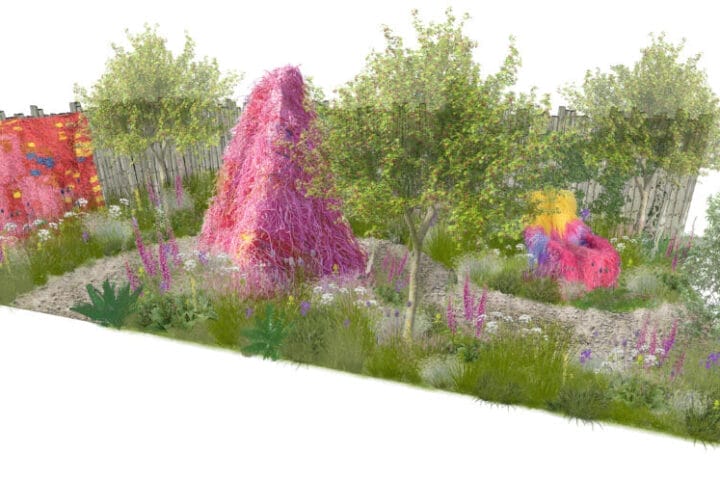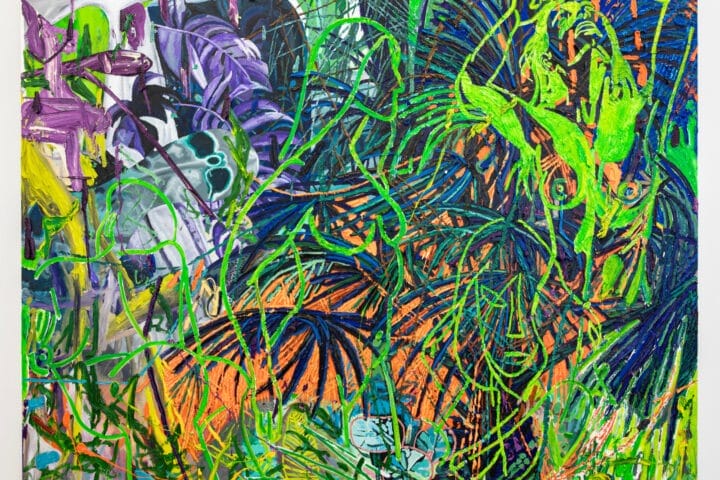Alexandru Chira (1947-2011) studied painting in Cluj and Bucharest between 1966 and 1972, during a brief window of cultural acceptance sanctioned by the Romanian Communist regime. Immediately following Nicolae Ceausescu’s accession to power in 1965, and shortly after the re-Stalinization following his visits to China and North Korea in 1971, culture and arts flourished with an influx of Western influences. Pop art, abstraction, photorealism, land art, conceptualism, performance art and environmental art became by-words for innovation and were rapidly assimilated into the local art scene, leaving behind the loathed Socialist Realism.
Like his colleagues, Chira was initially schooled in a realist vein. Yet, like most of the ambitious younger artists of the time, he soon embraced new languages and practices. He faced the same conundrum of making progressive art in an increasingly regressive and repressive milieu. Chira fused together neo-avant-garde means and practices, ranging from abstraction, conceptualism, installations, land art and film, with contrasting, conservative outlooks, like the cryptic or mystical ritualism placed at the very core of his system.
The resulting, contradictory mixture of apparently research-oriented, complex and systematic work with evanescent visions of outlandish, uncharted territories of archaic decompensation mark his unique output of crystal-clear forms saturated with foggy, bewildering gist.
His mythological and utopian, personal universe is rooted in tradition, but presented in an avant-garde visual idiom. The recurrent, key figures of his world derive from his childhood in the countryside. They echo age-old landmarks of dwelling, labouring and dreaming: houses, barns, tractors, threshers, seed beds, fountains, windows, mirrors, lamps and spindles. Brimful lyricism fills the gaps between the crisp, rigorous shapes and the fuzzy, nostalgic senses. No wonder that despite their sophisticated symbols and geometries, the works frequently seem to convey abstracted portraits: lips, noses, mouths and ears are easily discernible.
Chira’s idiosyncratic iconography paraphrases farm life, but it also reflects the communist propaganda centred on the industrial progress in agriculture: technical machineries substitute the objects of religious life. The village yard as “autarchic existential cell” functions for Chira as a “gear-poem” to conjure “rain and rainbows” for “spiritual germination”, and fight against extinction. Self-centred, his work displays mythological symbols vested as rational schemes. Gem-like, peculiar geometries radiate an oneiric, hermetic appeal, recalling the mandala constructions of Hilma af Klint or Adolf Wölfli, and Joseph Cornell’s surrealist montages.
Stereopoems maps the becoming of Chira’s work. From the realist and almost narrative, horizontal construction of Bell of the Riot – Nest-Bell – Mechanical – Poem (1977), with its utterly recognisable human figures and engineering or labouring instruments reflecting the progressive pageantry of communist propaganda, up until the later, iconic altar-piece-like, rhombus-shaped Geometer’s House – Study for Tele-Poem (1990), with its synthetic rendering of an exclusively ego-centric ritual focused on the striking, experimental use of polenta as painting medium, one can follow the astounding process of extracting sheer originality and compelling aesthetic quality out of conflicting dogmas and depleted, but transfigured, artistic practices, mirroring Romania’s tortuous cultural history.
– Erwin Kessler
Fitzpatrick Gallery
123 Rue de Turenne, 75003 Paris, France










